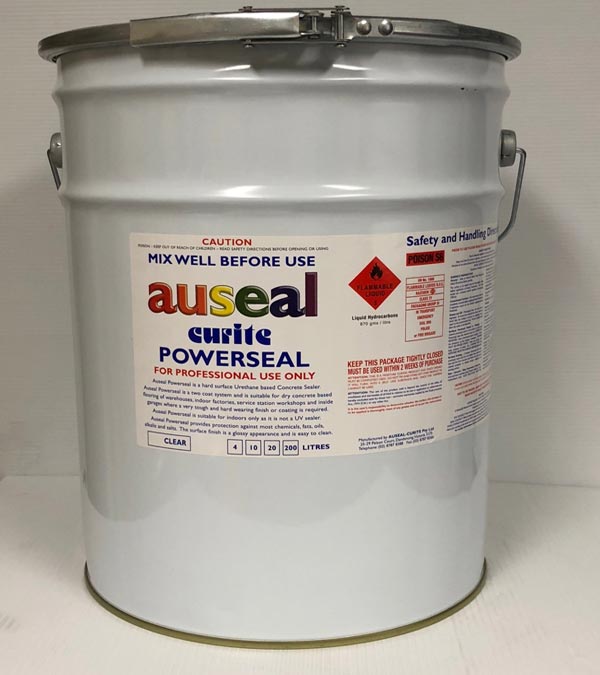
Know how dew point affects concrete floor coatings and why understanding this key factor is essential for successful application for Australian contractors.
Concrete floor coatings are an essential part of protecting and enhancing concrete surfaces in a wide range of settings. However, contractors must be aware of how environmental factors, like the dew point, can affect the application process. Understanding and managing dew point levels is crucial to ensure a successful, long-lasting coating that adheres properly to the concrete.
Why Dew Point Matters for Concrete Floor Coatings
The dew point is the temperature at which air becomes fully saturated with moisture, causing condensation to form. When concrete surfaces approach or fall below this temperature, moisture can condense on the surface, creating a thin water layer. This layer can hinder proper adhesion of the floor coating and mix with the coating material, potentially causing structural issues, surface imperfections, and premature coating failure.
In the Australian climate, especially in regions with high humidity, such as coastal areas, contractors must be vigilant about dew point levels during both preparation and application stages. If not accounted for, contractors might face a variety of problems, including:
• Bubbling and blistering: Moisture trapped beneath the coating can cause bubbles to form. As the coating dries, these bubbles may expand into blisters, damaging the surface.
• Adhesion failure: Moisture on the concrete surface prevents the coating from bonding properly. This weakens the attachment, leading to peeling or flaking over time.
• Inconsistent finish: Moisture can create an uneven layer of coating, resulting in a patchy appearance. This affects the overall quality and aesthetics of the surface.
• Premature wear and tear: Coatings that don’t bond well are more prone to early degradation. This can lead to frequent repairs or the need for reapplication, increasing costs.
If you encounter these problems, evaluate the environmental conditions and adjust your application strategy accordingly. Ensure the surface was properly prepared and that environmental conditions met the coating’s requirements.
Best Practices for Contractors Applying Concrete Floor Coatings
To ensure successful application and long-lasting results, contractors should follow these best practices when dealing with dew point and concrete floor coatings:
• Monitor weather conditions: Keep a close eye on the weather forecast, particularly changes in humidity and temperature. These factors can significantly impact the dew point and the effectiveness of your coating application.
• Use heaters or dehumidifiers: Employ heaters or dehumidifiers to regulate the environment and keep the concrete surface temperature above the dew point. This helps prevent moisture-related issues during the coating process.
• Plan for optimal timing: Avoid applying coatings during early mornings or late evenings when dew formation is more likely. Scheduling applications for midday or when conditions are more stable can improve the outcome.
• Prepare the surface properly: Ensure the concrete is thoroughly dry and free from moisture before applying the coating. Proper surface preparation is crucial for achieving a strong, long-lasting bond.
• Select the right product: Choose coatings that are suitable for the environmental conditions you’re working in, but always adhere to the manufacturer’s guidelines. This ensures the coating performs as expected even in challenging conditions.
Auseal is committed to helping you achieve excellence in decorative concrete floor coatings, no matter the challenges you may face. For more high-quality concrete floor coatings, contact Auseal and let us help you achieve stunning and durable results for your projects.

